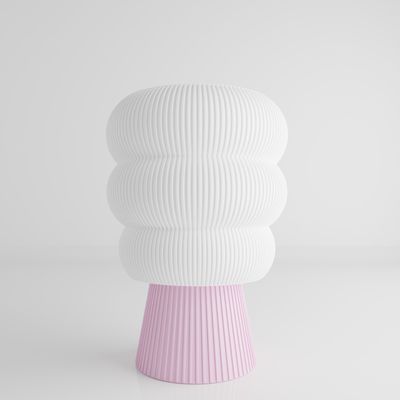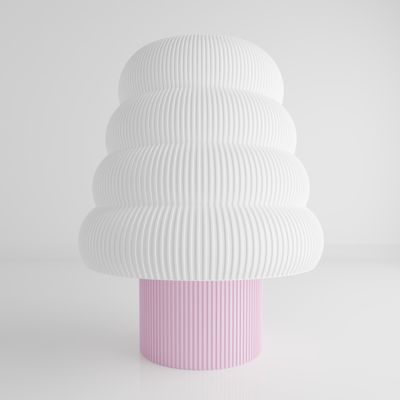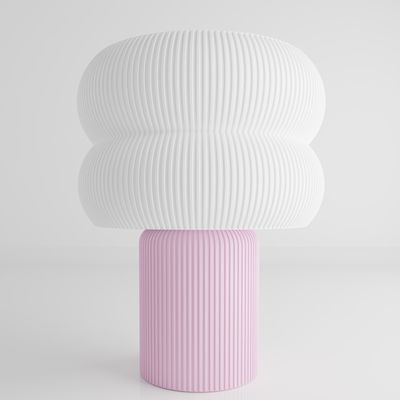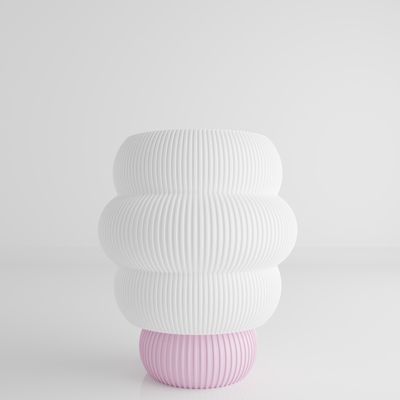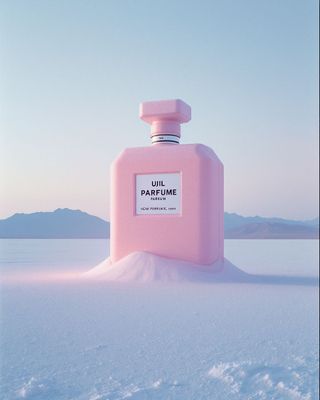Everything about the color Wisteria
The meaning of the color wisteria and color combinations to inspire your next creation.
Browse images in the color wisteria
What color is wisteria?
Wisteria is a soft, muted shade of purple with a hint of blue, reminiscent of the delicate flowers of the wisteria vine. It evokes a sense of tranquility and elegance.
What are similar colors to wisteria?
For variations within the same soft and muted spectrum as wisteria, consider:
- Lavender (#E6E6FA) shares wisteria's gentle purple tone with a slightly lighter and more pastel appearance.
- Mauve (#E0B0FF) has a similar muted purple hue, offering a slightly warmer undertone.
- Lilac (#C8A2C8) closely resembles wisteria with its soft, floral-inspired purple shade.
What color goes with wisteria?
To complement wisteria's soft and elegant tones, consider pairing it with:
- Mint (#98FF98) offers a crisp, cool contrast that enhances wisteria's soft purple hue.
- Peach (#FFE5B4) provides a warm, gentle contrast that highlights wisteria's elegance.
- Sage (#BCB88A) adds a refreshing, green-tinged balance that pairs well with wisteria's softness.
- Ivory (#FFFFF0) complements wisteria with its neutral, understated elegance.
- Light pink (#FFB6C1) enhances the softness of wisteria with its delicate, pastel hue.
What color conflicts with wisteria?
To avoid clashing with wisteria's soft elegance, consider avoiding:
- Black (#000000) can overpower the delicate nature of wisteria.
- Gray (#808080) might dull the vibrancy of wisteria.
- Beige (#F5F5DC) could neutralize the subtlety of wisteria.
- Brown (#A52A2A) may overshadow the softness of wisteria.
- Cream (#FFFDD0) risks washing out the gentle tones of wisteria.
What does the color wisteria represent?
Wisteria symbolizes grace, elegance, and the beauty of nature, often associated with the delicate flowers of the wisteria vine. Psychologically, it evokes a sense of calm and tranquility, promoting relaxation and peace. In art and design, wisteria is used to create a serene and sophisticated atmosphere, often employed in settings that require a touch of elegance and subtlety.
What's the history of wisteria?
The color wisteria derives its name from the wisteria plant, known for its cascading clusters of purple flowers. The plant itself is native to Asia and North America and has been celebrated for its beauty and fragrance. The color became popular in the late 19th and early 20th centuries, often used in fashion and interior design to evoke a sense of refinement and grace. In modern times, wisteria continues to be a favored choice for those seeking a soft, elegant color palette in various design applications.
Color Variations
Shades
Tints
Hues
Color Palettes
Monochromatic
Complementary
Analogous
Triadic
Tetradic
Images with wisteria color
Color Conversions
#C9A0DCrgb(201, 160, 220)rgb(79%, 63%, 86%)9, 27, 0, 14hsl(281, 46%, 75%)281, 27, 86#C9A0DC71, 26, -2550, 43, 7371, 36, 31611001001, 10100000, 11011100Color(red: 0.788235294117647, green: 0.6274509803921569, blue: 0.8627450980392157)UIColor(red: 0.788235294117647, green: 0.6274509803921569, blue: 0.8627450980392157, alpha: 1.0)Color(0xFFC9A0DC)